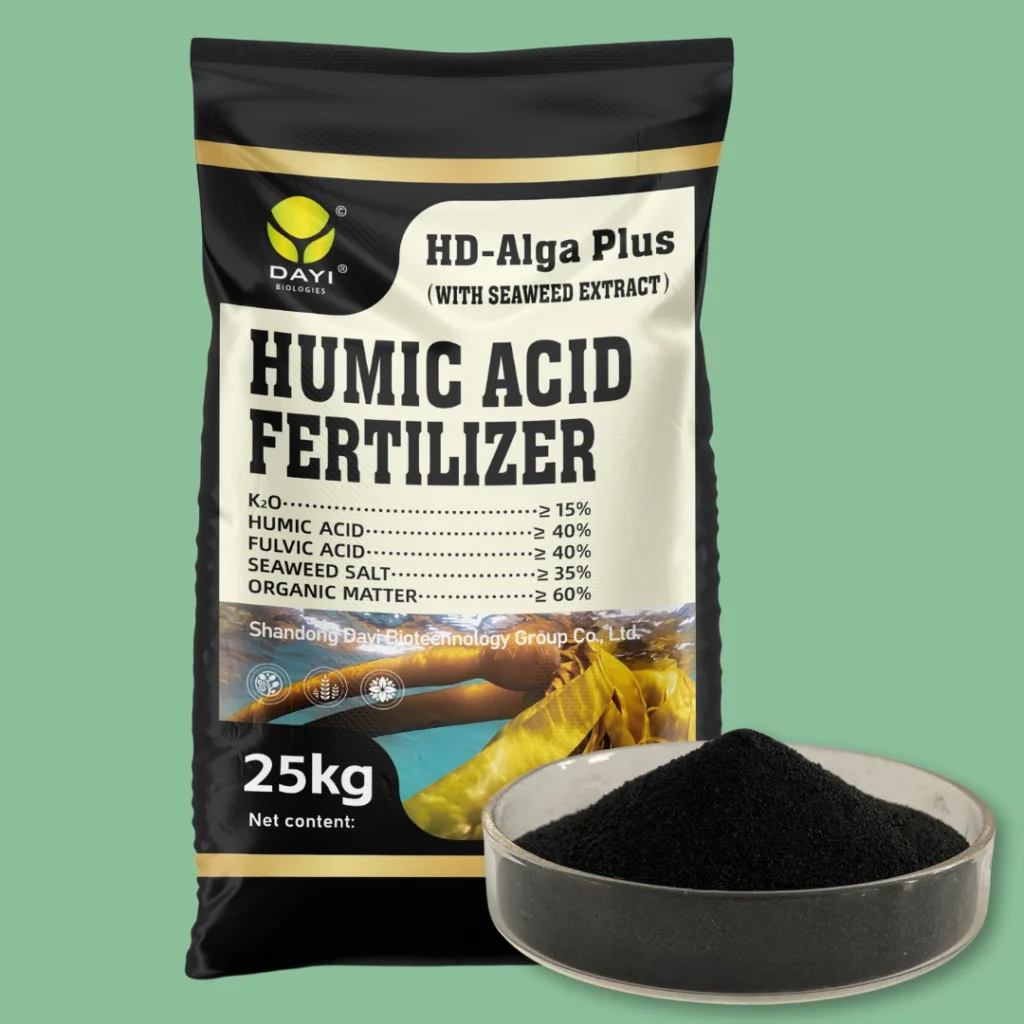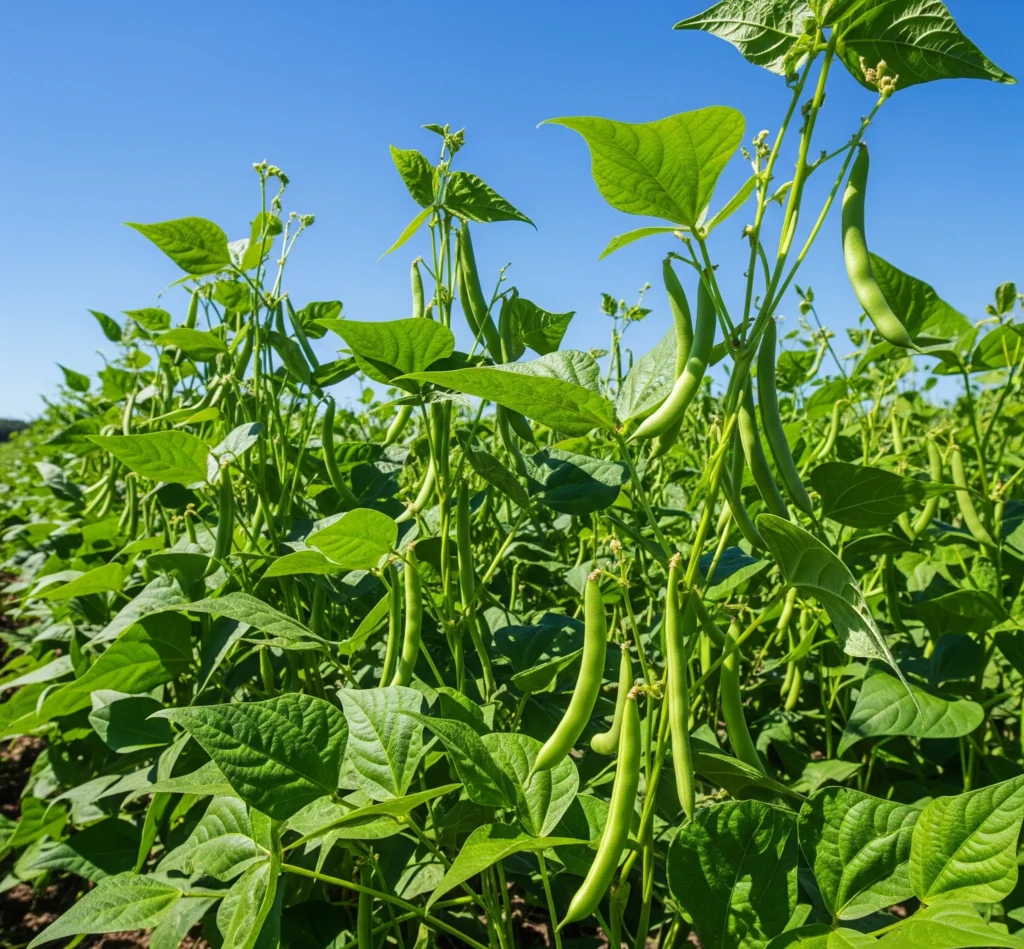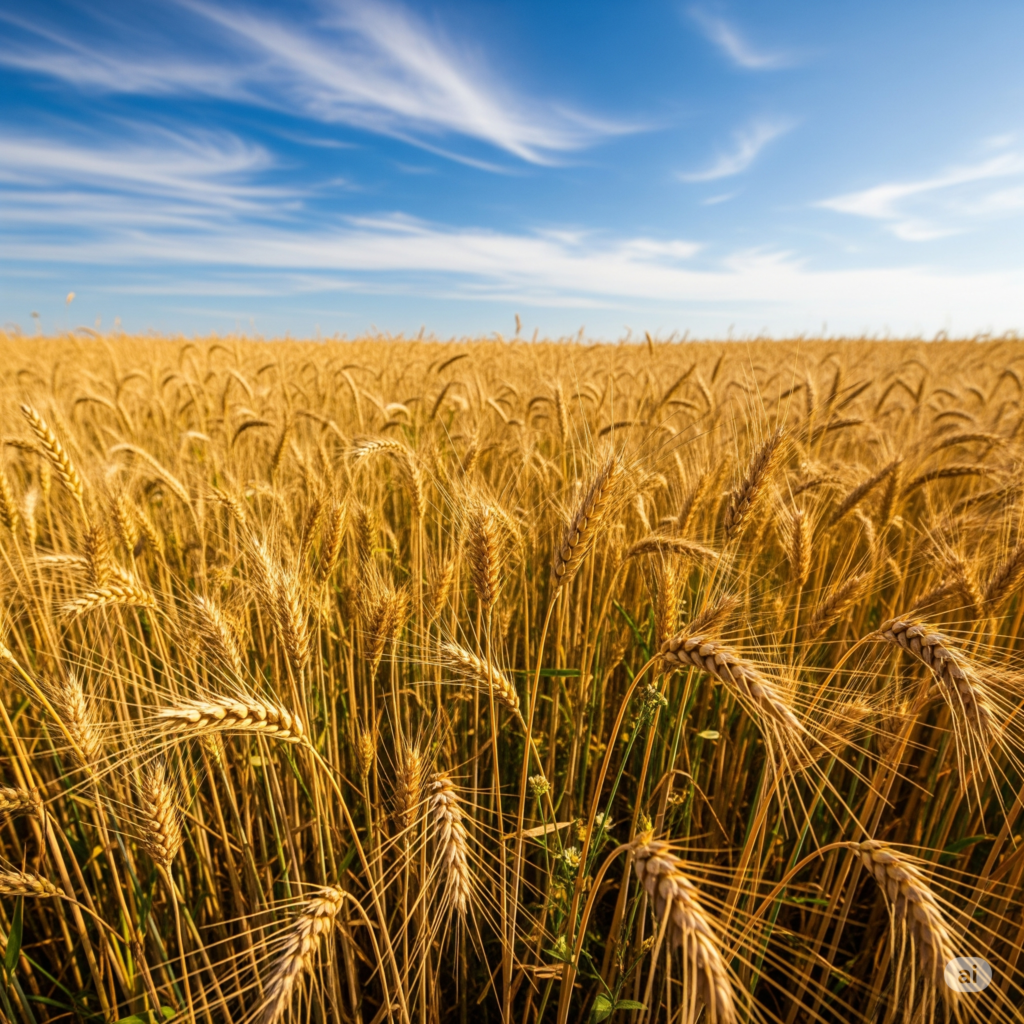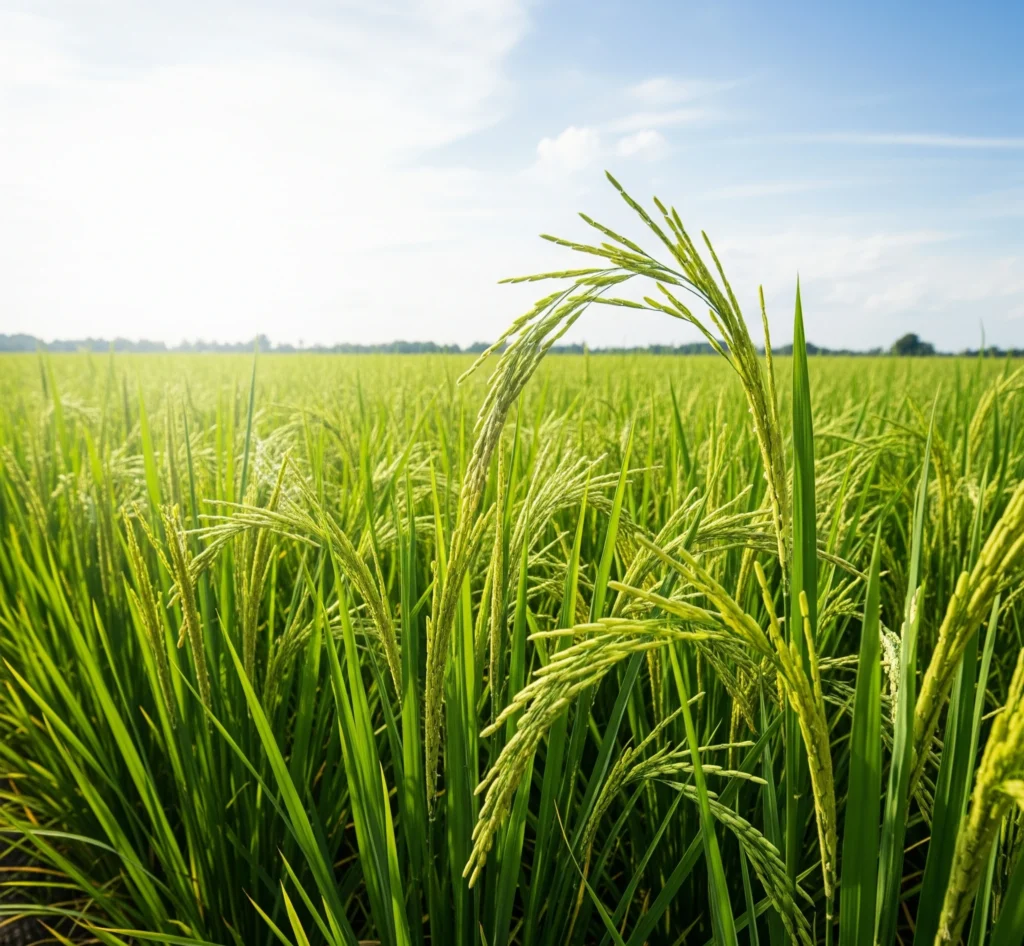Common beans (Phaseolus vulgaris) are a cornerstone of diets worldwide, cherished for their versatility, nutritional richness, and accessibility. This diverse group includes beloved varieties like kidney beans, black beans, pinto beans, navy beans, and the popular snap beans (green beans). As a vital legume crop, common beans provide an excellent source of plant-based protein, fiber, and essential micronutrients. Furthermore, their unique ability to fix atmospheric nitrogen contributes significantly to soil health and sustainable farming practices. This comprehensive guide will delve into the essentials of cultivating common beans, covering optimal growing conditions, effective protection strategies, and general care, while highlighting how advanced plant nutrition can truly elevate their health and yield potential.
Understanding Common Beans: A Diverse and Nutritious Legume
Common beans encompass a vast array of varieties grown for either their dry edible seeds or their fresh, tender pods. They are broadly categorized into:
- Dry Beans: Harvested when the pods are dry and the seeds are mature (e.g., Kidney, Black, Pinto, Navy, Cannellini, Great Northern beans). These are staples in many cuisines globally.
- Snap Beans (Green Beans/French Beans): Harvested when the pods are still young, tender, and edible, eaten fresh or processed. Like all legumes, common beans form a symbiotic relationship with Rhizobium bacteria in their root nodules, converting atmospheric nitrogen into a usable form for the plant. They come in both bush (compact, determinate growth) and pole (vining, indeterminate growth, requiring support) varieties.
Cultivation Essentials: Laying the Foundation for Success
- Best Planting Time: Common beans are warm-season crops and highly sensitive to frost. They should be planted after the danger of all frost has definitively passed and when soil temperatures consistently reach 15∘C (60∘F), with optimal germination occurring at 18∘C (65∘F). Timely planting is crucial for dry bean varieties to allow sufficient time for pod development and drying before cool, wet autumn weather. Snap beans can sometimes be planted slightly earlier if conditions are favorable.
- Suitable Soil and Weather Conditions:
- Soil: Common beans prefer well-drained, fertile loamy to sandy-loam soils with good organic matter content. They are particularly sensitive to heavy, poorly drained soils, which can lead to root rot and poor growth. An optimal soil pH range is generally 6.0 to 7.0. Good soil aeration and drainage are crucial for healthy root development and nitrogen fixation.
- Weather:
- Common beans are warm-season crops and require consistently warm temperatures throughout their active growth cycle.
- Optimal growing temperatures typically range between 18∘C to 29∘C (65-85°F).
- They are highly sensitive to frost, both spring and fall, which can damage plants.
- Consistent warmth is needed for successful flowering and pod development. Adequate rainfall or irrigation is vital, especially during reproductive stages.
- General Precautions for Healthy Growth:
- Soil Temperature: Avoid planting into cold, wet soils, as this significantly increases the risk of poor germination and seedling diseases.
- Drainage: Ensure excellent soil drainage; standing water or prolonged wetness can be detrimental.
- Spacing: Provide adequate spacing between plants and rows to promote air circulation, which helps prevent fungal diseases.
- Crop Rotation: Practice regular crop rotation to manage soil-borne diseases and pest cycles.
Protecting Your Common Beans: Threats and Strategies
Common bean crops can face various challenges from pests and diseases. Implementing an integrated pest and disease management approach is essential for a successful harvest.
- Pests:
- Bean Leaf Beetle: Feeds on leaves, stems, and pods, and can transmit viruses.
- Aphids: Sap-sucking insects that can stunt growth and transmit viral diseases.
- Mexican Bean Beetle: Both larvae and adults feed on leaves, leaving a lacy appearance.
- Bean Weevil: A primary storage pest that infests dry beans.
- Protection: Use resistant bean varieties, implement crop rotation, encourage natural enemies, use row covers in early season for physical exclusion, and apply targeted insecticides only when scouting indicates economic thresholds have been met.
- Diseases (Fungal & Bacterial):
- Common Bacterial Blight & Halo Blight: Bacterial diseases causing water-soaked spots on leaves and pods.
- White Mold: (Fungal) Causes white, cottony growth on stems, leaves, and pods, especially in cool, moist conditions.
- Anthracnose: (Fungal) Causes dark, sunken lesions on pods, stems, and leaves.
- Rust: (Fungal) Appears as reddish-brown pustules on leaves.
- Protection: Use certified disease-free seed, plant resistant varieties, practice crop rotation, ensure proper plant spacing for air circulation, avoid working in fields when foliage is wet, and apply fungicides/bactericides when warranted.
- Viral Diseases:
- Bean Common Mosaic Virus (BCMV), Bean Yellow Mosaic Virus (BYMV): Both transmitted by aphids and seed, causing mosaic patterns, yellowing, and stunting.
- Protection: Plant resistant varieties, control aphid populations, and use clean, certified seed.
General Care for Thriving Common Beans
- Nutrient Management: As nitrogen-fixing legumes, common beans require less supplemental nitrogen. Focus fertilizer applications on Phosphorus (P) for root and flower development, Potassium (K) for overall plant health, and essential micronutrients like Boron, Zinc, and Manganese. Conduct soil tests to determine exact nutrient needs.
- Water Management: Consistent moisture is crucial for common beans, especially during flowering and pod development. They are sensitive to drought stress during these periods, which can lead to flower abortion and reduced pod fill. Provide supplemental irrigation if rainfall is insufficient.
- Weed Control: Common beans are poor competitors against weeds, particularly during their early growth stages. Aggressive and timely weed control, through a combination of cultural practices (e.g., proper row spacing, cultivation) and judicious use of herbicides, is essential for maximizing yields.
- Support (for Pole Beans): Provide sturdy trellises, stakes, or netting for pole bean varieties to climb. This optimizes light exposure, improves air circulation, and makes harvesting easier.
- Monitoring: Consistent field scouting throughout the growing season is vital for early detection of nutrient deficiencies, pest infestations, or disease symptoms. Prompt identification allows for timely and effective interventions.
- Harvesting:
- Snap Beans: Harvest when pods are young, tender, and firm, before seeds fully develop. Pick regularly to encourage continuous production.
- Dry Beans: Harvest when the pods are completely dry, brittle, and the beans inside rattle. Timely harvest minimizes losses from shattering or weather damage.
Best Countries for Common Bean Cultivation: Common beans are cultivated globally, with significant production in diverse regions. Leading producers include:
- India
- Brazil
- Mexico
- United States
- China
- Myanmar
- Uganda
- Tanzania
- Kenya
- Rwanda
Dayi’s Solution: Optimizing Common Bean Nutrition with Humic Acid + Seaweed Extract
At Shandong Dayi Biotechnology Group Co., Ltd., we are dedicated to helping farmers achieve peak productivity and health in their common bean crops. Our Humic Acid Fertilizer (With Seaweed Extract) provides a powerful nutritional advantage that directly supports robust bean growth. The humic acid component significantly improves soil structure, enhancing aeration and drainage—a critical benefit for common beans, which are sensitive to waterlogging and root issues. It also boosts soil water retention, ensuring consistent moisture availability during crucial dry periods. Importantly, humic acid stimulates beneficial soil microbial activity, which is vital for effective nitrogen fixation by Rhizobium bacteria in soybean root nodules, leading to more efficient natural nitrogen supply. It also promotes vigorous root development, improving overall nutrient uptake. Complementing this, the seaweed extract delivers a rich blend of natural plant growth hormones (auxins, cytokinins), vital trace elements, and amino acids. These bioactive compounds stimulate vigorous vegetative growth, improve flowering, enhance pod set, and bolster the bean plant’s inherent resilience against environmental stresses such as drought, temperature fluctuations, and even some disease pressures. The synergistic action of these ingredients ensures that common bean plants develop extensive, highly efficient root systems, optimize nitrogen fixation and nutrient use efficiency, and exhibit enhanced resilience, ultimately leading to significantly higher yields of quality beans, whether for fresh consumption or dry storage.
Leveraging our advanced “Microbial+” technology and unwavering commitment to sustainable solutions, Shandong Dayi Biotechnology Group Co., Ltd. is at the forefront of innovation in plant protection, empowering farmers to achieve more bountiful and healthy harvests.




